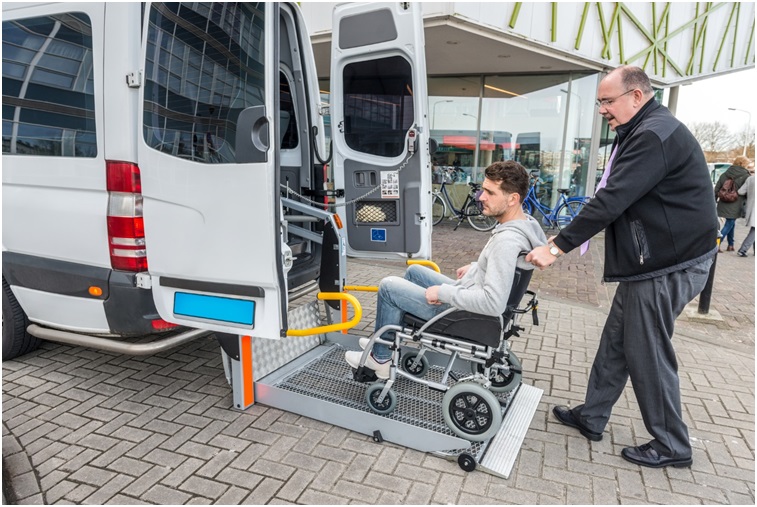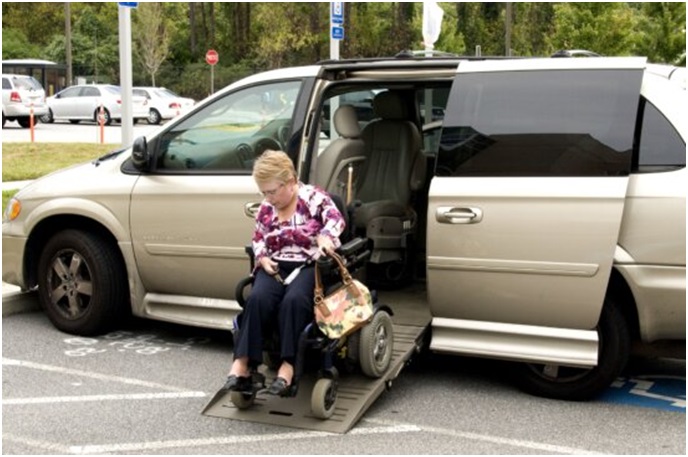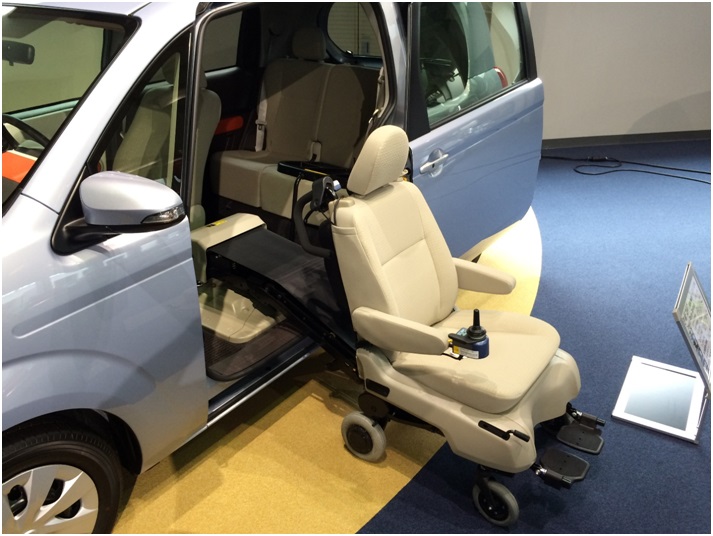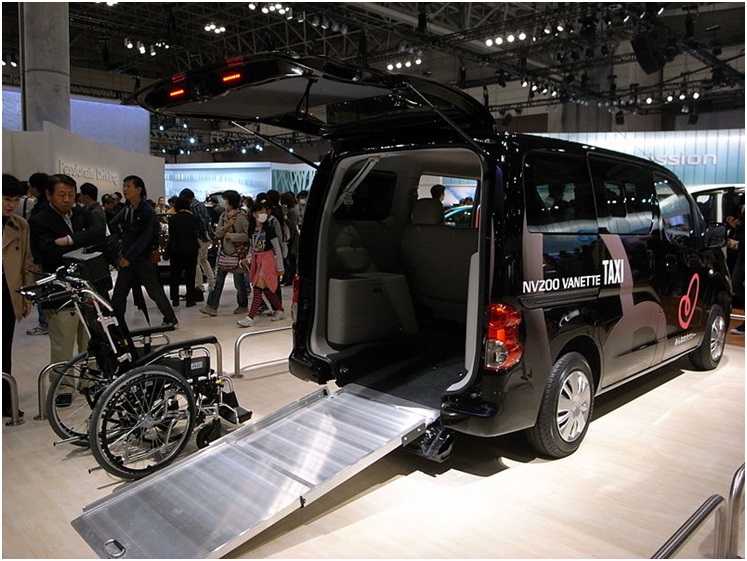Checklist Before Buying Wheelchair Accessible Vehicle Sales

A wheelchair-accessible vehicle is very convenient, especially if you have a patient or an elderly at home. However, before you decide to buy one, there are some checklists to know about so the process will be quicker and smoother.
You may want to ask a few questions and find the answers when you’re considering a WAV. Know that WAVs & mobility cars were not made equally, and you need to do further research before buying. With this said, here are some things to know about before buying your first vehicle.
Checklists to Know About

Size
-Choose the right size that will fit into your garage or driveway. Ensure that there’s enough allowance for the lift or ramp, especially when the passenger is going to go inside the car.
-Determine whether the WAV will be easier if you drive it on your local roads or traffic.
Security and Safety
-Know ratings like Euro NCAP before buying
-See if there are unique features involved
Money
-The most important factor is money and whether you can afford it. See if it’s eligible for the Motability scheme
-If you’re the one buying yourself, you may want to know about its average resale value
-Know the costs for insurance
-Research about its fuel consumption and how you can save more in the future
About the Environment
-Know the carbon dioxide emission figures and see if it’s eco-friendly
-It’s also best if you have an idea about the particulate emission standards that it meets
Convenience and Comfort
-See if the passengers and drivers can get in and out in an easy way
-Know more about its controls and additional features
-Listen to its quietness and smoothness whenever you’re driving it
-Know if it has good visibility for everyone who’s sitting at the front or rear of the car
Spaciousness
-See if there’s a room for all the luggage and the people that are going to use the WAV regularly
-Know how many times in a year you will want to carry a lot of the luggage and whether it’s going to be used on holidays
Features

-You may want to see if there’s an automatic transmission, central locking, satnav, air conditioning, electric windows, and others that will make the driver and the passenger’s life more comfortable.
Performance
-Learn about its acceleration and speed. If there’s an emergency, it should be able to go to the hospital in the fastest time possible.
-Check the overall ride experience, handling, and braking to see if they work well.
About Your Options
-Do you want a lift or a ramp?
-If you’re helping a patient, will there be another person who will help?
-Would you be able to check on the patient, or is the interior too noisy?
Safety
-How is the wheelchair secured?
-How are the luggage and equipment strapped or tied into place
-How easily can you get in and out of the car?
Reliability Factor
-You may want to know if you can rely on the equipment that the patient is currently using to get in and out, like the use of a wheelchair.
-Know what to do when the car breaks down in the middle of the road
-See if there are powered equipment or manual overrides
-Check for legitimate and suitable dealers who can service the WAV and maintain it
Quality of the Overall Build

-Know that there are different standards and conversions involved when building WAVs. Expect that others will be noisier compared to some models while there are features that will give you comfort, and these are the ones to check out.
-Some noises can affect the overall mood of the passengers and drivers, so be sure to know more about this before you buy.
About the Driving Process
Know that the ones who are using the wheelchair themselves have the option to drive, and some WAVs may need internal transfers.
Drive-From-Wheelchair Option
A drive-from-wheelchair WAV is becoming more common nowadays as many people would want to be self-reliant. The controls of the drivers are adapted to be operated on wheelchairs. This will usually mean some form of hand control and other special features that will make it easier for the driver.
In these types of cars, the individuals may be able to open the door, deploy the lift or ramp, get inside the vehicle, and secure themselves without any help. Most of these may require automatic hands-free systems that can work with just a push of a button. The lift or ramp will be deployed, a docking system acts as a security, and the overall design will be based on the wheelchair itself.
If you prefer this type, know that you may need to undergo training and assessment to learn the controls better. Professional training is required as well as additional fittings for dual controls to have a smoother experience. A local center for mobility may also give you recommendations about the driving instructors in your area.
Internal-Transfer WAVs
Other users may want a more comfortable driving seat and may need to transfer because they find it easier and more comfortable. It’s necessary in most cases because some wheelchairs are not explicitly built for driving. When you use a car seat, this will also mean that there may not be a need for additional specialist seat belts and other fittings.
Today, these WAVs are adapted, so you’ll be allowed to enter inside the car with a scooter or wheelchair. They can be easily accessed through lifts and ramps. You can secure the scooter in the vehicle and then transfer it into the driver’s seat. There may also be a need to replace the standard seats with slides and swivels so you can transfer them easily.
Know whether you prefer the switches or the buttons and determine if you’re comfortable with the controls. Also, when you’re practicing, see if you can keep pressure on switches and buttons for long and whether you can accurately use them. It’s also helpful to add some mechanisms to help secure your wheelchair and do most of the operations yourself.